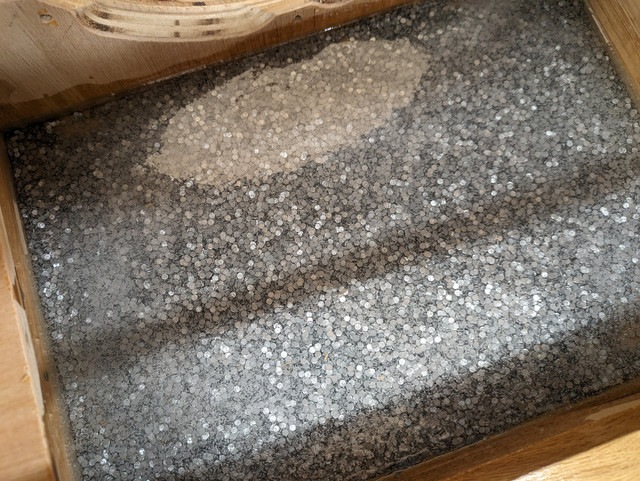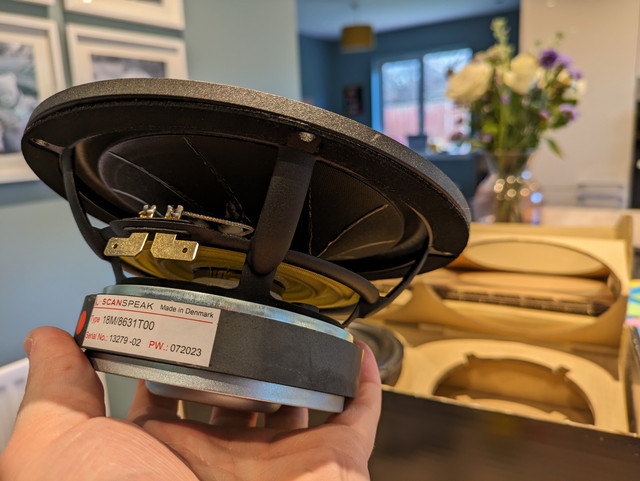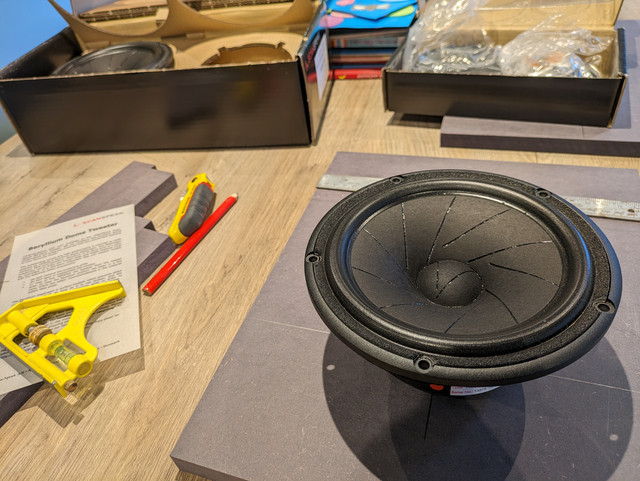But high quality tools make a significant difference, even for a beginner. I see three broad levels of quality: (1) hobbyist, (2) trade, and (3) premium. Unless the tool is intended for non-critical jobs, then nothing less that trade quality will do for me. I'm reminded of the first table and mitre saws I bought. They lasted all of two months before I bit the bullet and bought a Dewalt DW-744 and Makita LS-1013. Fifteen-plus years and countless jobs later, they still cut straight, clean and true.
Whilst it is easy to blame a poor workman for a crappy job, poor tools can also be source of constant frustration. Buy cheap, buy twice.












